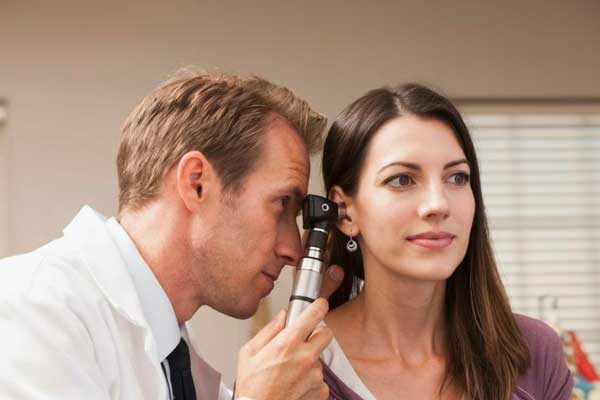
Types of Hearing Loss in Adults
Hearing loss is a sudden or gradual decrease in how well you can hear. It is one of the most common conditions affecting older and elderly adults. Approximately one in three people between the ages of 65 and 74 has hearing loss and nearly half of those older than 75 have difficulty hearing. Having trouble hearing can make it hard to understand and follow a doctor’s advice, to respond to warnings, and to hear doorbells and alarms. It can also make it hard to enjoy talking with friends and family. All of this can be frustrating, embarrassing, and even dangerous.
- Conductive hearing impairment relates to:
- ear canal
- eardrum
- middle ear and its bones
- Sensor neural hearing loss relates to one of the following:
- inner ear
- nerves in your ear
- combination of your inner ear and the nerves in your ear
- It is associated with the central auditory nervous system ,which includes the auditory nerve, the brainstem and the brain.
- Hearing loss can be due to a wide array of things, including
On your first visit to an Audiologist start asking about medical and hearing history. This history called as case history. Next the audiologist will look into your ears using called an otoscope and check for anything in the ear canal that might affect the test results or require referral to your doctor .Finally the audiologist will conduct test to assess .
- Whether there is hearing loss
- Cause of Hearing loss
- The degree and configuration of hearing loss
- Best treatment of option
A variety of tests can be used to identify and diagnose a hearing loss. The method used depends in part on the age of the individual and other factors.
- 1 Pure Tone Testing
- Speech Testing
- Test of the Middle Ear
- Auditory Brainstem Response(ABR)
- Otoacoustic Emission (OAEs)
A variety of styles are available, so it is important to work with your audiologist to evaluate your needs. The best hearing aid will depend on the nature of your home life, your work environment, and your leisure activities. It is also critical that your hearing aid be adjusted and programmed to provide the best performance given your needs

